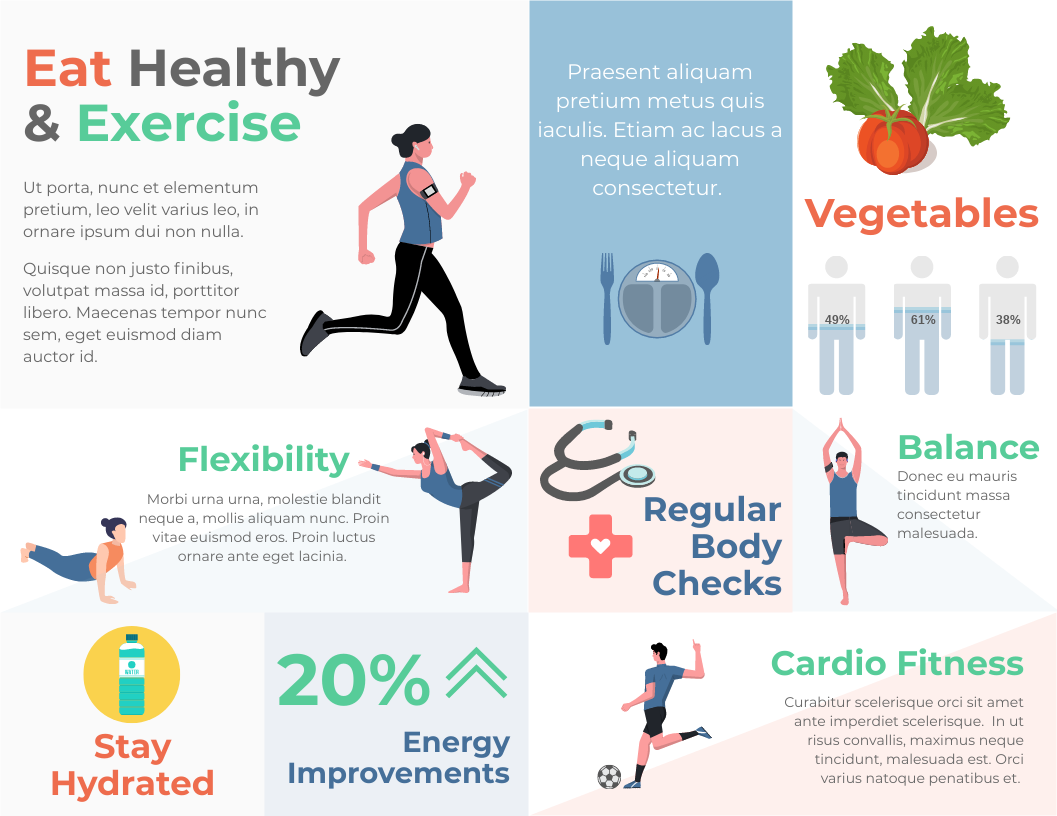1. What is Programmatic Advertising?
Programmatic advertising refers to the automated buying and selling of digital ad inventory — where machine-learning, data and real-time bidding (RTB) replace much of the manual negotiation and insertion-order work of traditional media buying. blog.xapads.com+2Fahrenheit Marketing+2
In simple terms: when a user visits a website or app, ad-inventory is offered, an algorithm bids for the impression in milliseconds, and the winning ad is shown — all happening in real time. Fahrenheit Marketing+1
It spans display, video, mobile, connected TV (CTV), audio and other channels. pubpower.io+1
2. Why Does It Matter in 2025?
-
Huge scale: By 2025 nearly 90 % of all digital display ad spend is programmatic globally. SEO Design Chicago+1
-
Efficiency, targeting & automation: Brands can reach more precise audiences, optimise spend faster, and scale across channels. blog.xapads.com+1
-
Privacy & data shifts: With cookies diminishing and regulation tightening (GDPR, CCPA), programmatic is adapting to new models of targeting (first-party data, contextual, identity alternatives). gmatechnology.com+1
-
Innovation: AI, machine learning, dynamic creative optimisation, connected TV growth are changing how and where ads are delivered. Boston Institute of Analytics+1
3. Key Components & Terminology
-
DSP (Demand-Side Platform): Platform used by advertisers to buy programmatic inventory. Boston Institute of Analytics+1
-
SSP (Supply-Side Platform): Platform used by publishers to sell ad inventory programmatically. Boston Institute of Analytics+1
-
RTB (Real-Time Bidding): The auction process where impressions are bid for in milliseconds. Fahrenheit Marketing+1
-
Programmatic Direct / PMP (Private Marketplace) / Programmatic Guaranteed: Variations between open auctions and more controlled, guaranteed inventory deals. pubpower.io+1
-
First-party / second-party / third-party data: Data sources used for targeting audiences. The industry is shifting more toward first-party and identity-solutions. gmatechnology.com
4. How It Works (High Level)
-
Advertiser defines campaign goals, audience, budget via DSP.
-
Publisher makes inventory available via SSP/ad exchange.
-
When a user visits a site/app, an impression opportunity is sent into the auction.
-
DSP bids (based on data, algorithm, targeting).
-
Winning ad is served in milliseconds.
-
Campaign data is fed back; optimisation occurs continuously. pubpower.io+1
5. Benefits for Advertisers & Publishers
Advertisers:
-
More efficient spend, less waste. blog.xapads.com
-
Precise targeting beyond basic demographics (behavioural, contextual, device, location). gmatechnology.com
-
Real-time optimisation & data insight.
Publishers: -
Better yield and monetisation of inventory. pubpower.io
-
Access to wider pool of buyers, dynamic pricing.
6. Major Trends & What’s New in 2025
Here are key trends shaping programmatic advertising now:
-
Cookieless & identity shift: With third-party cookies phasing out, solutions around first-party data, identity graphs, probabilistic matching, and contextual targeting are emerging. Forbes+1
-
Connected TV (CTV) & Omnichannel Growth: Programmatic across streaming, video and non-traditional screens is accelerating. newormedia.com+1
-
AI and machine learning: From predictive bidding, dynamic creative optimisation (DCO), budget reallocation, to autonomous campaigns. blog.xapads.com+1
-
Privacy & transparency: Increased emphasis on brand safety, fraud detection, viewability, clearer reporting and compliant data usage. gmatechnology.com+1
-
Contextual & identity-free targeting: As identity becomes harder, context (what the user is doing now) becomes more important. newormedia.com
7. Challenges & Risks to Be Aware Of
-
Ad fraud / invalid traffic: Bots, fake impressions still plague the ecosystem. Forbes
-
Complexity & talent gap: Programmatic involves many components – tech, data, strategy. blasto.ai
-
Privacy / regulatory risk: Mis-handling data, improper targeting can risk compliance. gmatechnology.com
-
Transparency & hidden fees: Some platforms offer limited visibility into inventory, path to conversion etc. pubpower.io
-
Over-reliance on automation — lack of human oversight: While machines help, strategy still matters.
8. Best Practices & Tips for Successful Campaigns
-
Define clear KPIs: Whether it’s CPM, CPA, ROAS, view-through rate – know your goals.
-
Use first-party data & build your data strength: Don’t depend solely on third-party.
-
Choose the right partners / tech stack: Evaluate DSP, SSP, ad-verification, data providers.
-
Leverage dynamic creatives and continuous optimisation: Test variations, let AI adapt.
-
Ensure brand safety & transparency: Use verification tools, whitelist/blacklist, monitor placement.
-
Adopt a multi-channel mindset: Don’t just display ads – include video, CTV, mobile, app inventory.
-
Start with pilot campaigns: Especially if new to programmatic or in a new region.
-
Keep privacy and compliance front of mind: Be proactive with consent, data handling, transparency.
-
Monitor performance & iterate: Use real-time dashboards, adjust bids, refresh creatives, shift budgets.
9. How to Get Started (Advertisers & Publishers)
For Advertisers:
-
Audit your current inventory, data sources, goals.
-
Select a DSP or programmatic platform that fits your budget, region, ad types.
-
Align creatives and assets to support programmatic formats.
-
Integrate your first-party data (CRM, site-behaviour) with the campaign.
-
Set up measurement and attribution frameworks.
For Publishers: -
Ensure your ad inventory is set up for programmatic (header-bidding, ad tags, SSP).
-
Clean up inventory (brand-safe, viewable, fraud-checked).
-
Connect to quality DSPs, ad-exchanges.
-
Leverage programmatic to increase yield, while managing user experience.
10. The Future: What to Watch Beyond 2025
-
More real-time, cross-device identity resolution as devices proliferate.
-
Greater use of generative AI in ad creative creation & optimisation.
-
Advanced ad formats (interactive, immersive, AR/VR) served programmatically.
-
More industry collaboration around standards, transparency & open internet.
-
Evolving measurement models beyond clicks: attention, quality, offline attribution.
-
More sophisticated privacy-first architectures: privacy sandboxes, on-device targeting, clean rooms.
11. Conclusion
Programmatic advertising in 2025 isn’t just “another channel” — it’s the backbone of digital media buying. For marketers and publishers who embrace its tools, data, automation and strategies, the potential to reach audiences with precision, optimise spend dynamically, and scale efficiently is real. But success will depend on thoughtful strategy, strong data, brand-safe execution and staying ahead of tech + privacy changes.
Get started with clarity, keep your KPIs real, choose the right tech, and iterate. When done well, programmatic advertising isn’t just efficient—it becomes a strategic advantage.

